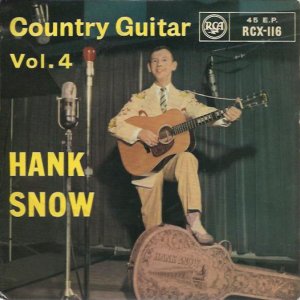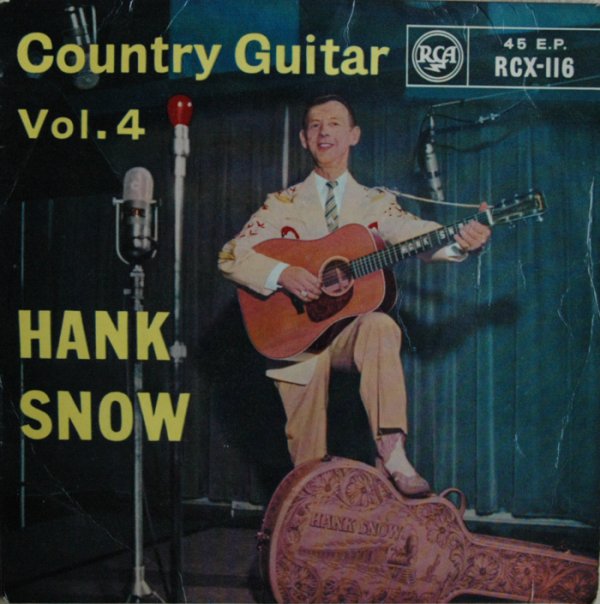 |
RCA Victor - 1525 McGavock St.
After Sam Phillips sold Elvis' contract to RCA Victor the first recording sessions the band did with the new label were held in Nashville on January 10 and 11, 1956. The studio at 1525 McGavock St. was RCA's first permanent recording facilities there. Nashville itself was not yet the recording center it would eventually become, in fact up to then there were only a few studios in town.
When RCA Victor first came to Nashville they used to record at Brown Brothers Transcription Service, a tiny studio for making jingles at 240 4th Ave. North. Thomas Productions, a garage at 109 13th Ave. North, was also used for their portable equipment that they would bring from New York. From 1946 to 1954, like other labels, they also used the "The Castle" in the Tulane Hotel at 8th and Church St., which was actually the first real studio in Nashville with permanent equipment. In 1954 Steve Sholes set up RCA's first permanent studio and he hired Chet Atkins to manage the facility.
The building, located at 1525 McGavock St., at the time was owned and operated by the United Methodist Television, Radio & Film Commission. RCA had a studio and an office in the building; the Methodist's had everything else. Nashville A-Teamer Bob Moore who played bass on countless sessions there said that you entered the studio from a door on the side of the building via an alleyway between that building and "Washcannons", the little coffee shop next door.
They recorded on monaural equipment (single track) and the studio was somewhat of a live room with a curved ceiling that created low frequency problems causing bass notes to be boomy and roll around for a long time. They were always in search of a dead spot for the bass. Bob said that there wasn't a spot on the floor there where he hadn't stuck his bass peg. They also had several large curtains hanging on the walls to help "deaden" the room. They employed the use of movable "wall-like" baffles to isolate instruments to minimize sound bleeding into other mics.
At the band's first session RCA was anxious to recreate the "slapback" echo effect that Sam Phillips had created at Sun. To add them to Elvis' vocals Chet and engineer Bob Farris created a psuedo "echo chamber" by setting up a speaker at one end of a long hallway and a microphone at the other end and recording the echo live. It sounded strange to hear it as they were recording because Sam used to add the effect after.
Though Steve Sholes had put Chet in charge of the session, when asked by Scotty what he should play, his only instruction was that they should just do what they normally do. This essentially resulted in them "producing" themselves, which became the norm. This was the first session that D.J. Fontana played on since he joined the band and was also the first of many sessions that Floyd Cramer would play piano on. Elvis had requested the Jordanaires for backup vocals but RCA had recently signed the Speer family gospel group to their label so Chet only brought in Gordon Stoker of the Jordanaires and used two of the Spears. Among others, they cut "Heartbreak Hotel."
Later that year, in April, they returned to McGavock St. to record one more time, with pretty much the same line-up except for Marvin Hughes replacing Floyd on piano. While on tour in Texas they flew to Nashville immediately after a show in Amarillo on the13th to record for one day on the 14th and were back in San Antonio to perform on the 15th. The pilot got lost in the dark after takeoff, and nearly ran out of gas. They arrived a little shaken to say the least and were not in the best mood to record but they did manage to cut "I Want You, I Need You, I Love You". Steve Sholes presented Elvis with a Gold record for "Heartbreak Hotel". With the success of that single Nashville suddenly became "the" center and publishers, recording companies, songwriters, pop and rock musicians from all over began to flock there.
RCA moved out of the building when they opened Studio B on Music Row by the end of 1957. At some point after, the building next door that was Washcannon's coffee shop was acquired and the two combined to its present structure creating more smaller studios and offices. By the time Jim Owens Productions leased the buildings from a group of investors represented by J.C. West in late 1983 the Methodists had moved and the building had been vacant for sometime.
Jim totally remodeled the building, dividing RCA's old space into editing suites, a control room, and audio booths. They enclosed the parking lot with a concrete wall, including the arch over one of the entrances, added redwood to the front of the main building and moved into the facilities in May of 1984. From this location they produced dozens of TV series, specials, and syndicated shows including the Crook & Chase show. They used the small building that was the coffee shop for tape storage in the rear and their news photographers used the front. At one time they had five crews covering the world for country music news.
Jim recalls, "How it looks today, is pretty similar to when we moved in, wear and tear considered. Over the years the Jordanaires appeared on Crook & Chase and reminisced about those recordings, pointing out to us exactly where they took place. Gordon Stoker showed us a book with pictures that his son Brent has. Years ago there was an article in Life Magazine with several pictures taken inside the McGavock studio. One I remember was a wide shot with Elvis standing at the microphone and several band members standing around. I spent 15 years there, produced thousands of hours of television and radio, and still have a strong fondness for it." They left in July of 1999.
Today, Beaman Automotive Group located in Nashville owns the building and the property is managed by Michael Spencer of Crye-Leike Commercial. Spaces are rented by several small companies and studios and the space that was formerly occupied by RCA Victor and where Elvis, Scotty and the band made their first Nashville recordings is now occupied by Clear Voice Solutions. James V. Roy Special thanks to Bob and Kittra Moore and Jim Owens
Hank Snow at
McGavock St.
Various covers of Hank Snow's RCA releases featured him in studio shots at the McGavock Street studio in 1954, in color, that give us an idea of the theme at the time in the studio where we've only seen pix in black and white.
I thought it possible that the photos might possibly be colorized but Jimmie Rodgers Snow, who also recorded there, confirmed that the photos were color.
section added September 2013
|
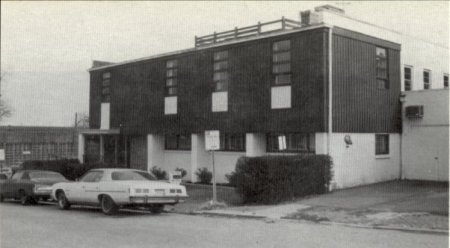
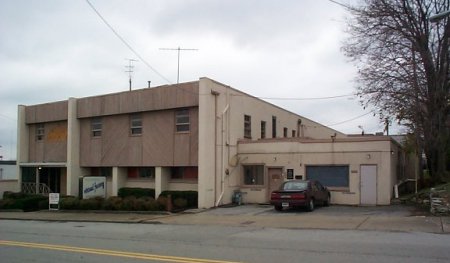
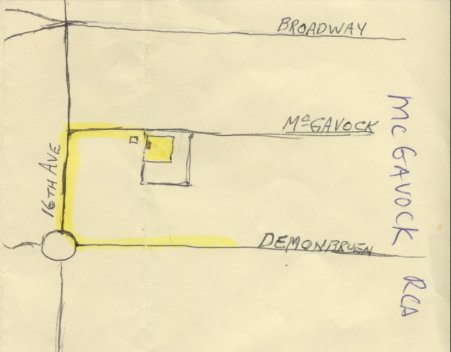

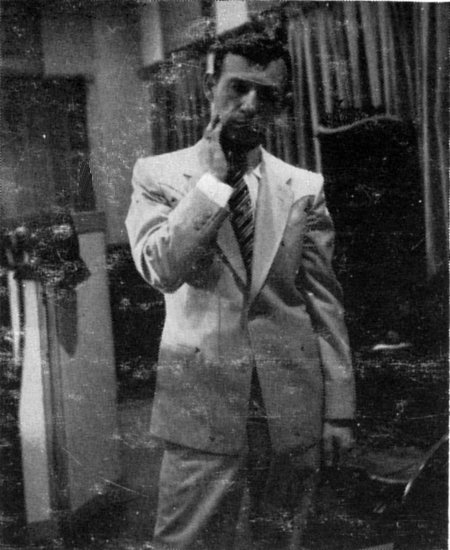
.jpg)
.jpg)
.jpg)

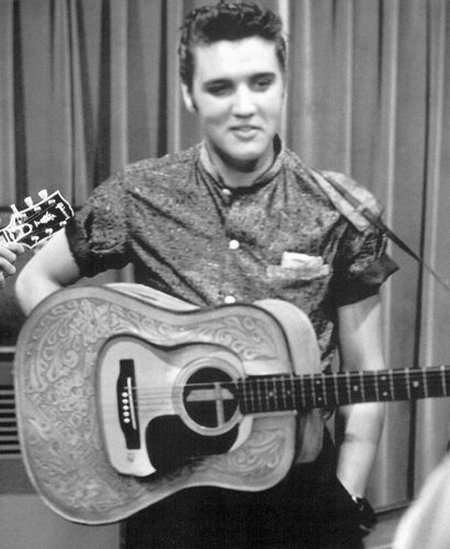
.jpg)
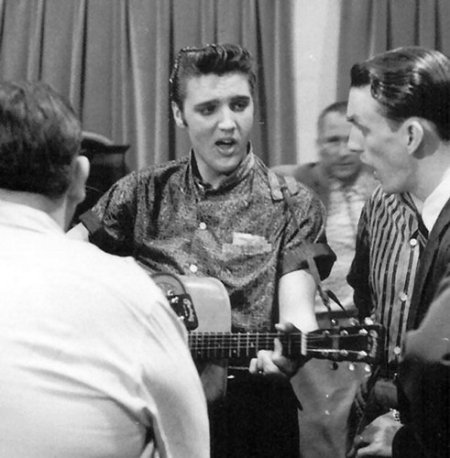
.jpg)
.jpg)
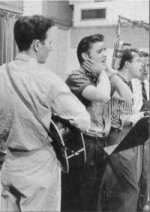
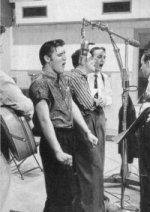
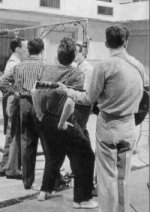
.jpg)
.jpg)
.jpg)
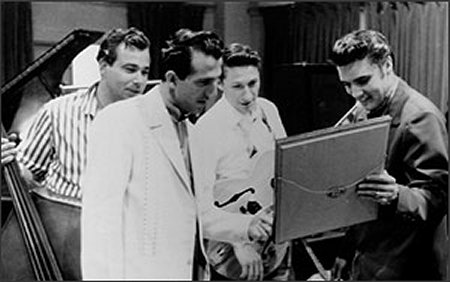
.jpg)
.jpg)
.jpg)
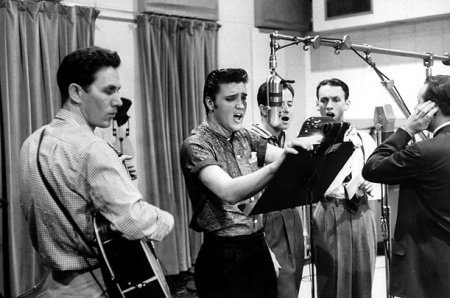

.jpg)
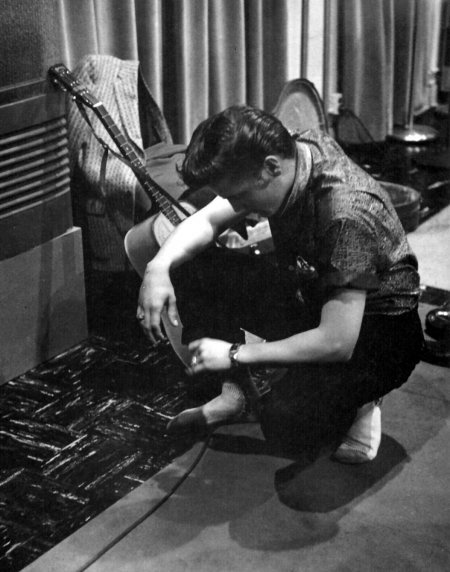
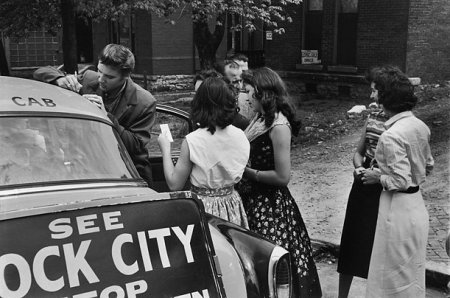


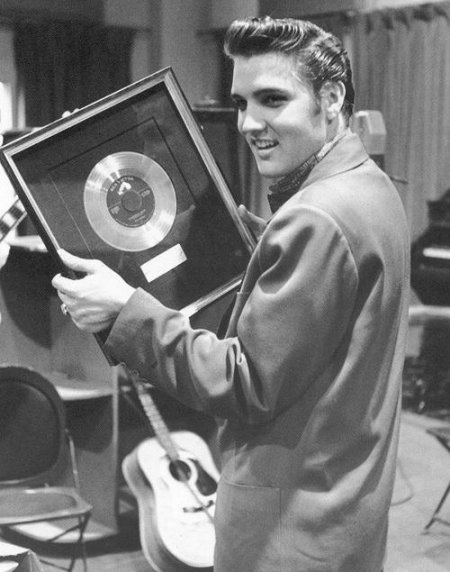
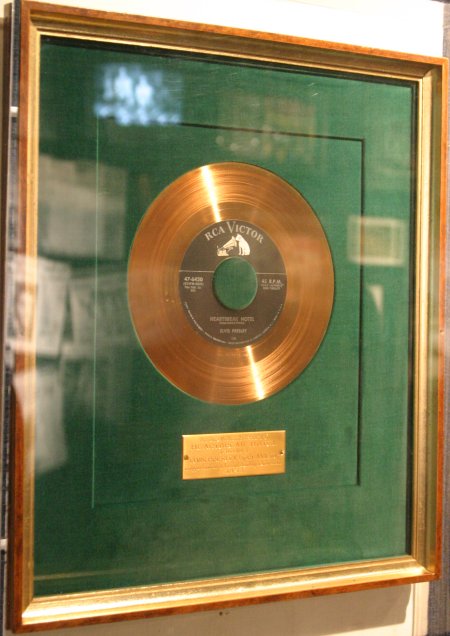


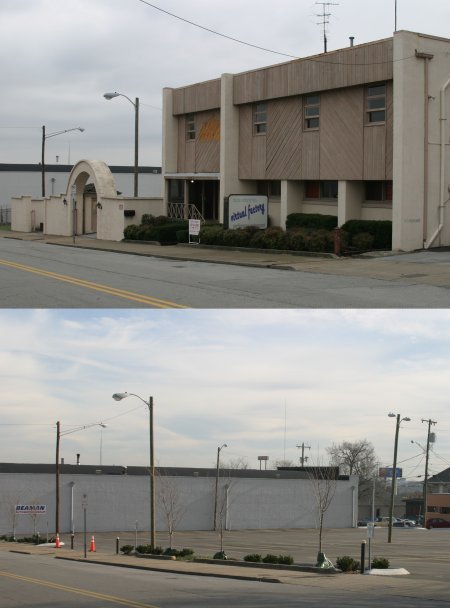


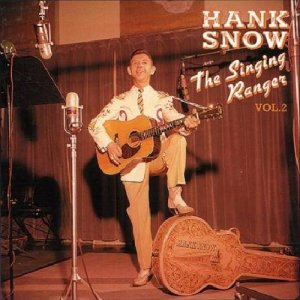
.jpg)
